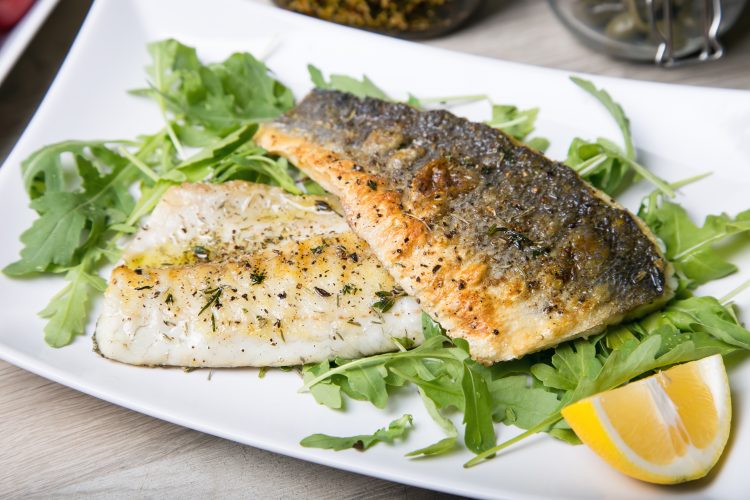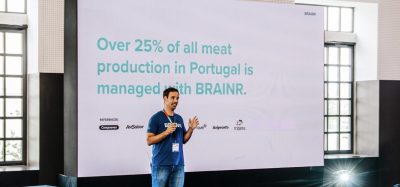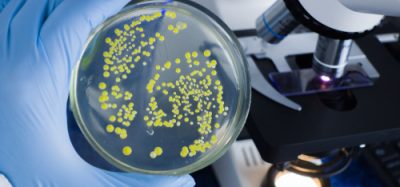Scientists to use algae to create boneless cellular seabass fillet
Posted: 7 December 2021 | New Food Magazine | No comments yet
It’s hoped that the technology used to create the fillet might be able to relieve pressure on fish stocks around the world as it is developed in the future.


The team is hoping to create a boneless seabass fillet from entirely cultured cells
A team of scientists plans to use algae to develop new techniques for cultivating boneless fish fillets from seabass cells.
The Algae2Fish project is being led by Associate Professor Frederico Ferreira from the University of Lisbon’s Institute for Bioengineering and Biosciences, with funding from sustainable food NGO the Good Food Institute (GFI).
The team aims to cultivate the meat from seabass cells, creating a real fish fillet with the same look, taste and texture as conventionally produced seabass – and even the same health benefits – but without the bones or the negative environmental impact. The team says it also won’t contain the mercury or microplastics which can be found in fish.
They aim to use techniques including 3D printing to create edible scaffolds using material extracted from algae and plants. These will be used to give structure to a product cultivated from fish cells – helping recreate the complex fibrous texture seen in conventionally produced fish, and contributing to the taste and texture.
The scientists also claim the algae used will contain antioxidants, adding to the nutritional value of the finished product by providing the omega-3 fatty oils found in fish.
The team will use electrical stimulation aiming to enhance fish stem cells’ transformation into muscle and fat. These can then be used to create different ‘bio-inks’, using 3D printing to form patterns along the scaffold, recreating the fish’s flavour as well as a fillet’s characteristic alternating stripes of muscle and fat.
It’s hoped that the project can help develop technology which might ultimately alleviate pressure on seafood supply chains and fisheries.
“In Portuguese we have a saying – a fish without bones is a problem solved. This will create a boneless fillet, which will be very good for kids to eat, but I hope it will also help solve a lot of other problems,” said Frederico Ferreira, Associate Professor at the Institute for Bioengineering and Biosciences, Instituto Superior Técnico, University of Lisbon.
“I love fish, I come from a country that loves fish, and I want to carry on eating fish. There’s a role to play for small-scale sustainable fishing, but if we want everyone to carry on enjoying fish we can’t continue the deep sea fishing that causes so much damage to ocean ecosystems.”
Seren Kell, science and technology manager at the Good Food Institute (GFI) Europe, added: “Professor Ferreira’s project is an excellent example of the kind of innovative research we need to provide people with the fish they enjoy without harming our oceans.
“There are huge opportunities for more companies and governments to invest in plant-based and cultivated seafood to meet growing demand in a sustainable way and I hope this study will show others exactly what is possible.”
Related topics
Cultured Meat, Research & development, Sustainability, Technology & Innovation









